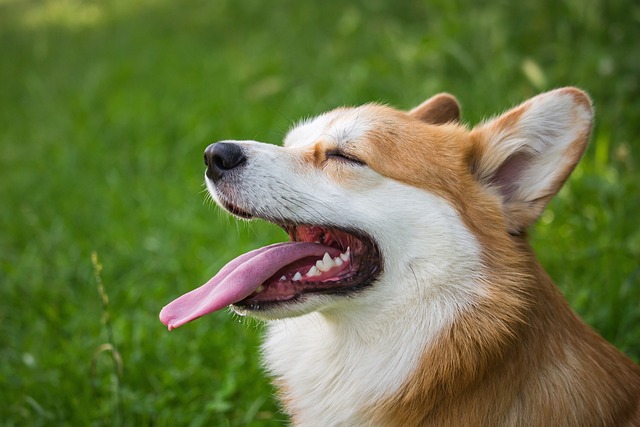
What vitamin is good for dogs' skin
Seeing your dog constantly scratch or noticing dry, flaky skin can make you wonder if a simple vitamin might be the solution.
Drying your dog properly after a bath isn’t just about keeping them cozy—it’s key for their skin health and your home’s sanity. Start with the right tools: a few thick, absorbent towels work better than one flimsy one. Gently press the towel into their coat instead of rubbing vigorously; this avoids tangles, especially for breeds with long fur like Golden Retrievers or Shih Tzus.
Focus on the areas that hold the most water: under the belly, between the toes, and around the ears. Those damp crevices can turn into hotspots for irritation if left unchecked. For smaller dogs, you might even wrap them in a towel like a little burrito for a minute to soak up extra moisture—most pups seem to enjoy the snug feeling.
If your dog tolerates it, a pet-safe hairdryer can speed things up, but keep it on the lowest heat setting. Hold it at least a foot away from their body and move it constantly to prevent burning. Some dogs get skittish around the noise, so introduce it slowly with treats to build trust. Never use a human hairdryer on high; the heat is too intense for their sensitive skin.
For double-coated breeds like Huskies or German Shepherds, a slicker brush while drying helps separate the fur and prevent matting. Work in sections, starting from the head and moving back, and be extra gentle around the tail and legs. Matts trap moisture and can lead to painful skin infections, which no one wants to deal with—not you, and definitely not your pup.
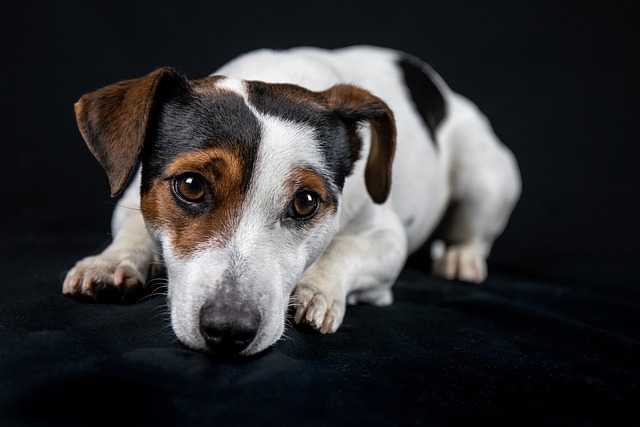
Remember, outdoor drying isn’t always an option, especially in cooler weather or if local rules restrict unsupervised time outside. Even in warm months, letting a wet dog roam the yard might attract pests or leave muddy tracks through the house. Plus, some areas have leash laws that apply even when your dog is wet, so keep them contained until they’re fully dry if you’re near public spaces.
Pay attention to your dog’s behavior during the process. If they start shivering, stop and wrap them in a towel to warm up—smaller breeds and short-haired dogs like Greyhounds get cold faster. Check local regulations too; in many places, leaving a dog outside in cold, wet conditions could raise welfare concerns, so indoor drying is often the safest bet.
Finish by giving them a quick once-over. Run your hands through their coat to feel for any damp spots you might have missed. A dry dog is a happy dog, and a happy dog is less likely to roll around on your clean couch to “fix” their wetness. Plus, taking the time to do it right turns bath time into a bonding moment—most dogs learn to associate drying with treats and cuddles, making future baths easier.
Don’t rush the process. Depending on the breed, drying can take 10 to 30 minutes, but cutting corners leads to more work later. A thorough job means fewer baths in the long run, since a clean, dry coat stays fresh longer. And always reward their patience with a favorite toy or snack—they’ll start looking forward to the post-bath perks as much as you’ll appreciate a dry, content pup.

Seeing your dog constantly scratch or noticing dry, flaky skin can make you wonder if a simple vitamin might be the solution.
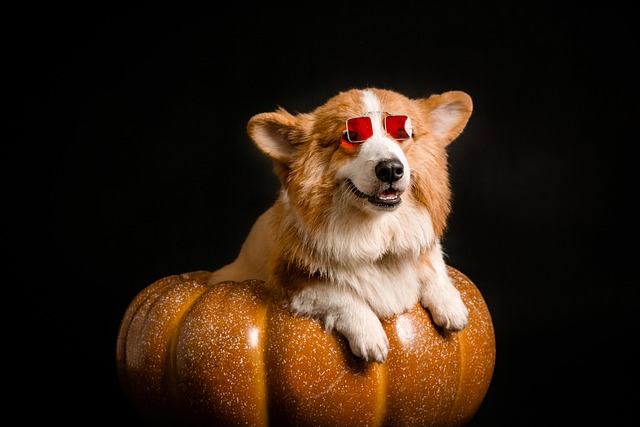
If you’re a new dog parent in the US—maybe you’re sitting on your Portland apartment couch, staring at your 1-year-old Australian Shepherd
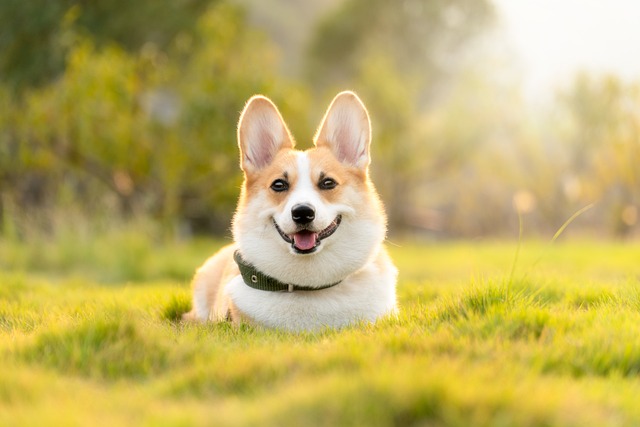
If you’re a new dog parent in the US—maybe you’re sitting on your Atlanta apartment floor, holding your 6-week-old Beagle puppy, Daisy, who’s curled up in your lap

If you’re a new dog parent in the US—maybe you’re standing in your Denver apartment’s kitchen, staring at a bag of high-quality puppy kibble and a bottle
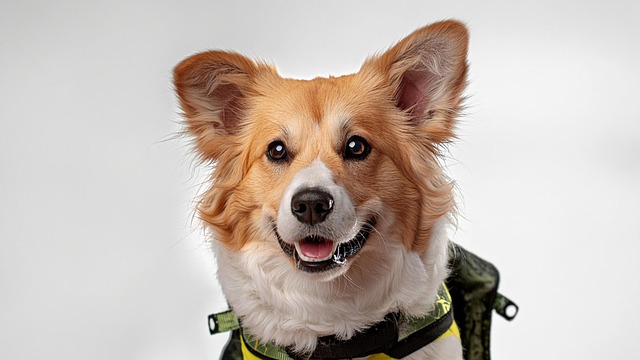
Seeing your puppy grow daily is amazing, and it’s natural to want to give them every advantage, including supplements.
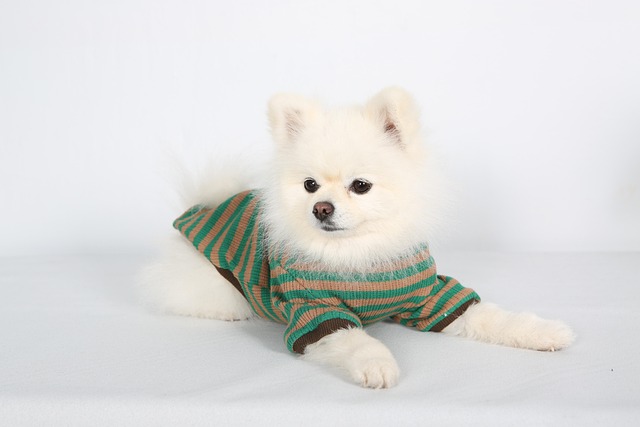
Brown stains on white dog fur aren’t just unsightly—they can also hint at underlying issues like tear duct irritation or poor grooming habits, which matter even more when you’re following local pet care laws.